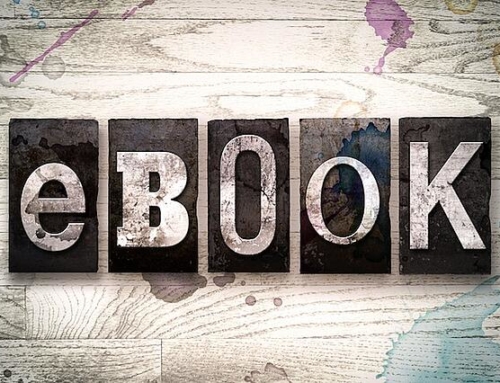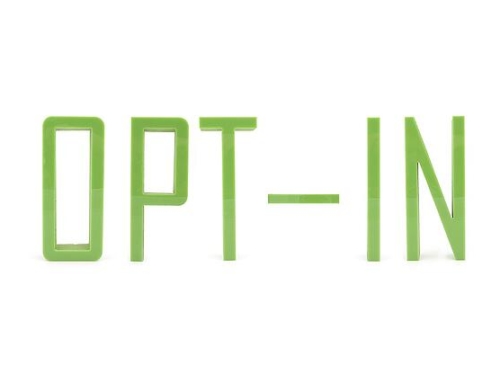Need Help Writing Great Headlines? Here’s How It’s Done
You’ve heard it said over and over that “content is king,” and, of course, you do have to write great content, but even the best content is going to be essentially useless if it’s neither read nor ranked. So, you need a great headline. Your headline is what represents your content, plain and simple, and writers who know that often spend literally hours agonizing over headlines – how long should it be? Have I used the right words? Have I used the wrong words? What about optimizing – should I be focusing on social or search?
Relax. Crafting a good headline is important, but it doesn’t have to be all that difficult if you follow these tips.
Tip #1: Start With a Working Headline
Your working headline is not going to be perfect. It’s just what gets you started. So, once you know what your topic is going to be, create a headline that says something about the topic. Topics are usually general, and could lead you in several different directions, so your working headline does not have to be super-good; just good enough to get you started. You’ll finesse the headline later.
Tip #2: Strive for Accuracy
You don’t want to mislead your readers, so keep your headline as accurate as you can. Think about all the times you threw a magazine in the trash because a headline promised you something that the article didn’t deliver. Like “Meals Your Family Will Love with Just 3 Ingredients,” and one of those ingredients turns out to be a ridiculously expensive dried pasta side dish? Or “Make $5,000 a Week Working at Home,” and then you discover the article is about multi-level marketing?
You feel ripped off, right? So don’t do that to your prospects. Keep it real. “Pasta Side Plus 2 Makes a Meal for the Whole Family,” or “The Truth About Multi-Level Marketing Might Surprise You,” will still attract readers, and they won’t feel cheated.
Tip #3: Use Bracketed Clarifications if Appropriate
Another way in which readers feel cheated is if they click on your headline and end up being guided to something that they really didn’t want to look at. It is annoying, thinking that you’re heading to an article, for instance, only to end up with an infographic or a video. So, bracketed clarifications can also contribute in a large way to accuracy. Just add [article], etc. to the headline. When you do this, you are respecting the reader.
Tip # 4: Jazz It Up
Now, just because I’m encouraging you to be accurate and respectful, that doesn’t mean that you can’t have a little fun with your headline. Of course, I’m assuming that you understand the type of language that resonates with your buyer persona, and you know what your readers value. Then, work with their preferred style, and have some fun with language.
As an example, you might use alliteration in your title. Your headline for the three-ingredient family meal article might be something like “Fast Family Food with Pasta Sides and a Couple of Extras” Or, you could use strong phrases – sometimes even negative ones work. “Today’s Multilevel Marketing – It’s Not Your Dad’s Amway!”
Tip #5: Keep It Short, But Not Too Short
The best headlines are just long enough to deliver accurate information, but short enough to sustain interest. Notice that the examples I’ve suggested above are all at least 8 words, but not more than 12. On Twitter, headlines between 8 and 12 words get the most shares, and on Facebook, headlines that contain between 12 and 14 words get the most likes. So, if you keep it between 8 and 12 words, you’re good on the major social media platforms.
Also, if you want your title to rank well, keep it under 70 characters – otherwise, it’s going to get cut off.
Tip #6: Try to Optimize for Both Search and Social
This isn’t always easy, and if you try to force it, your title could end up sounding a bit odd. So focus primarily on your audience – think about the keywords that you already know they’re looking for, and try to position a keyword close to the beginning of your heading. That way, you’ll probably end up with search and social covered without too much effort.
And Finally, Brainstorm
By this point, you probably have a pretty good title in the works, and it’s time to run it by someone else. Have that person tweak the title, and suggest other angles. Toss it back and forth a few times. Ultimately, you’ll end up with a title that is accurate, jazzy, just the right length, and optimized for social and SEO. If you’re stuck and need a little help, try HubSpot’s blog topic generator tool which is good for headlines as well. Writing great headlines is what gets you noticed in that great, churning sea of content out there.










